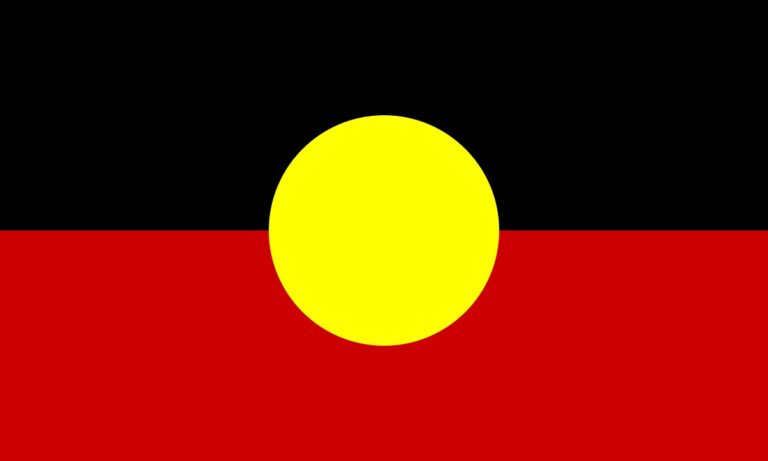
South Australians support action to prevent harm caused by the delivery of alcohol
South Australians want higher standards to prevent harm from the online sale and delivery of alcohol, new polling shows.
Alcohol availability is one of the key drivers of alcohol harm. The greater the availability, the greater the levels of alcohol use and the higher the levels of harm. This includes increases in assaults, family and domestic violence, road crashes, child maltreatment and risky alcohol use.
At on-premise licenced venues, such as pubs, clubs and bars, research shows that for every additional hour of trading there is a 16-20 per cent increase in assaults, and for every hour of reduced trading at these venues, there is a 20 per cent reduction in assaults.
At off-premise licenced venues, such as bottle shops where alcohol is sold for takeaway, reducing trading hours as well as the type of venues permitted to hold this type of licence has also been linked with reduced alcohol harm.
The higher the density of licensed premises in an area the greater the harm in the community, particularly, increased rates of assault and family violence.
The volume of alcohol sold by an outlet is also related to levels of harm. For example, higher volumes of alcohol sold at off-premise outlets are linked to an increase of violence in the home. In Western Australia, research found that for every 10,000 additional litres of pure alcohol sold at an off-licence liquor outlet, the risk of violence experienced in residential settings increased by 26 per cent.
The number of liquor licences, licenced premises and alcohol sale trading hours have increased dramatically in recent decades. These increases have resulted in alcohol becoming more readily available than it ever has been.
By working together, we can reduce the physical availability of alcohol through strategies such as reducing the number and density of alcohol outlets, the volume of alcohol available for sale, and trading hours.
Are you or your organisation interested in this issue and happy to advocate for reform with decision-makers? Send an email to FARE’s Policy and Research Team at info@fare.org.au.
Sign-up to be kept in the loop on the latest news, information and actions you can take to support this and other causes to tackle alcohol harms in Australia.
Follow us on social media and share our online sale advocacy content with your colleagues, friends, and networks.
Chip in to help support this important work, and our other projects working towards an Australia free from alcohol harm.

South Australians want higher standards to prevent harm from the online sale and delivery of alcohol, new polling shows.

Community organisations have welcomed the Northern Territory Government’s announcement that it will buy-back liquor licenses from grocery stores across the territory, while highlighting the need for further evidence-based reform.

Alcohol companies are creating online environments for harm, with a new report revealing that 39,820 distinct alcohol ads are placed on Facebook and Instagram each year, often combined with a button prompting users to “shop now”.
Will you join the community taking action on alcohol?


FARE acknowledges the Traditional Owners and Custodians of the lands and waters on which we operate throughout Australia. We pay our respects to Elders past and present, and recognise the continuing connection to country of Aboriginal and Torres Strait Islander peoples.
©2024 FARE
Privacy Statement
T&C


FARE acknowledges the Traditional Owners and Custodians of the lands and waters on which we operate throughout Australia. We pay our respects to Elders past and present, and recognise the continuing connection to country of Aboriginal and Torres Strait Islander peoples.
©2024 FARE
Privacy Statement
T&C
Fill out the form below to receive regular updates & resources.